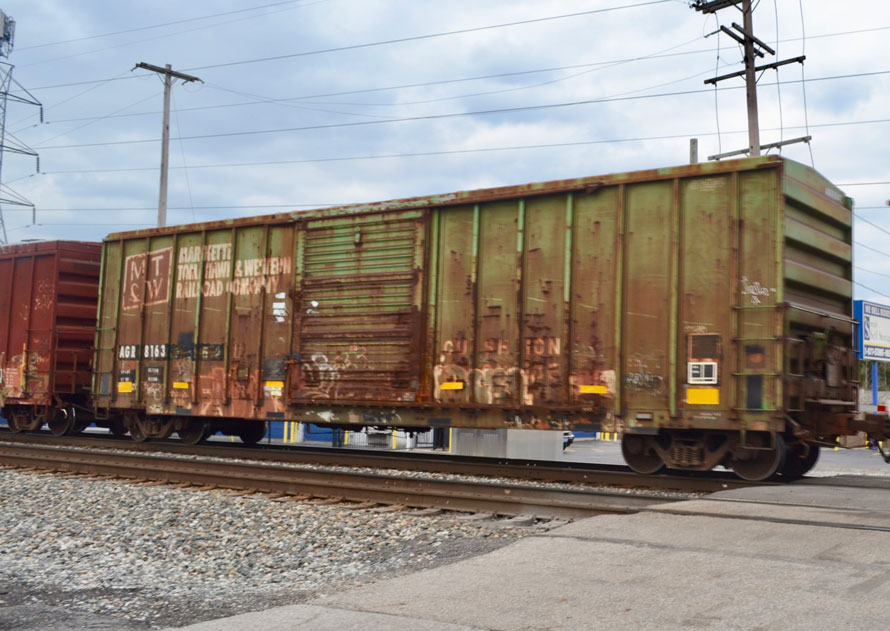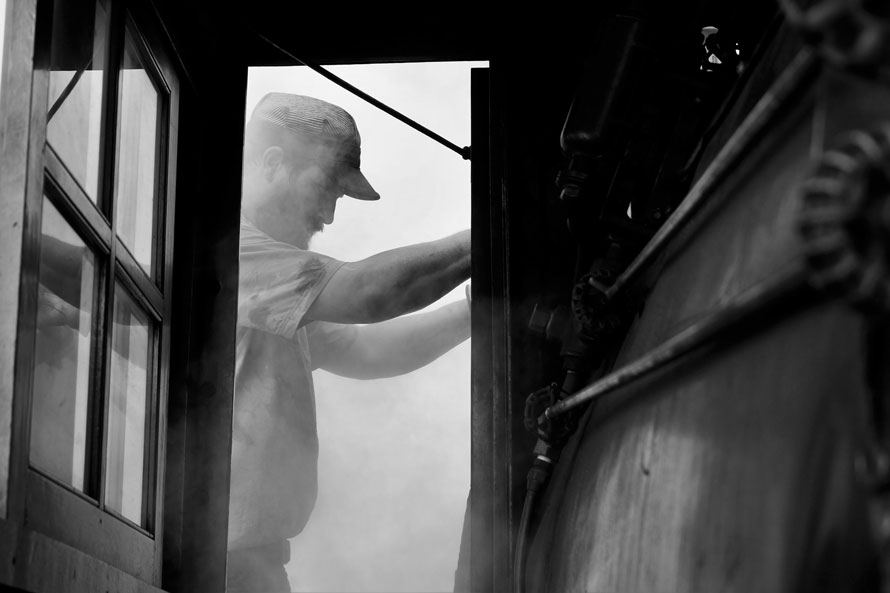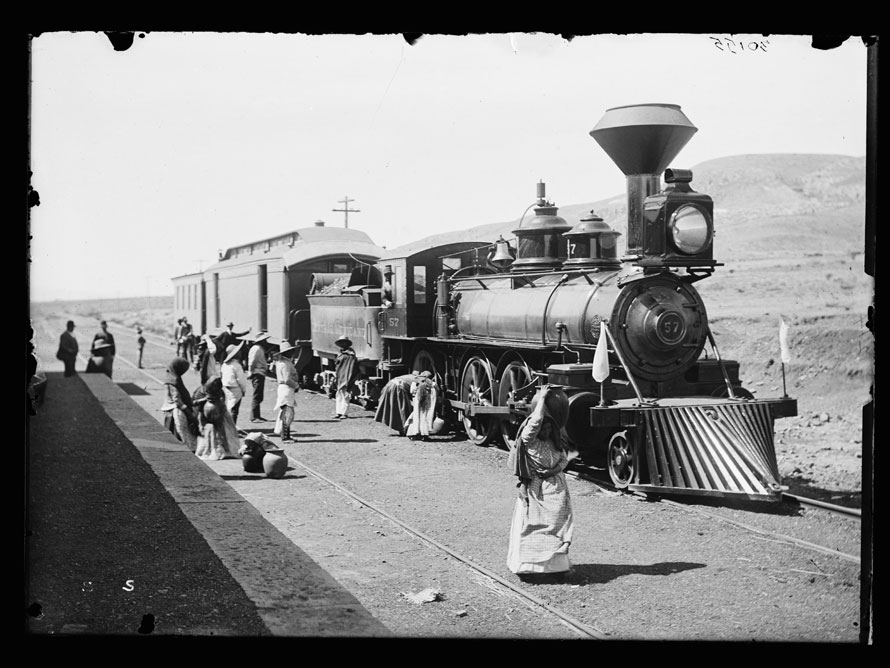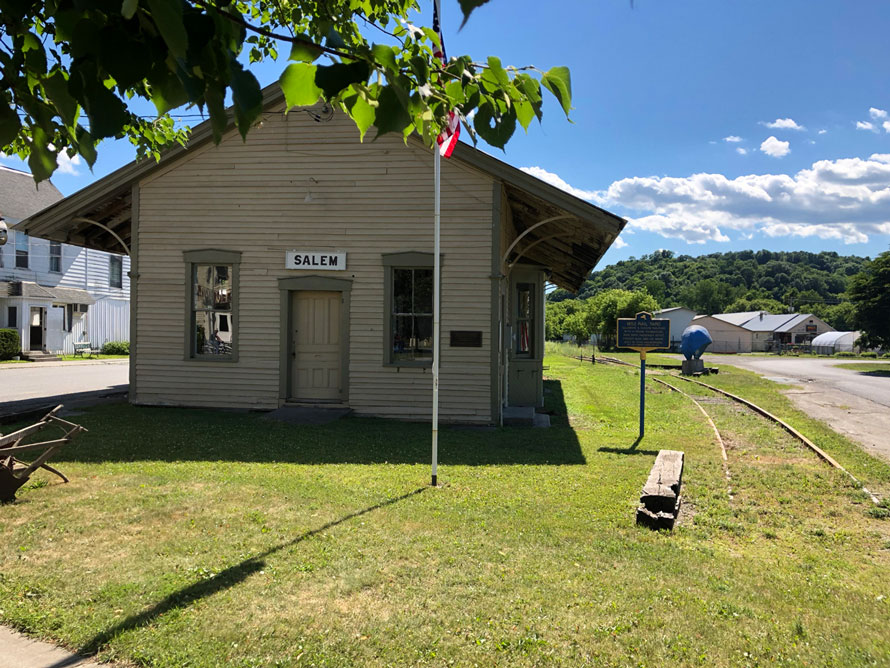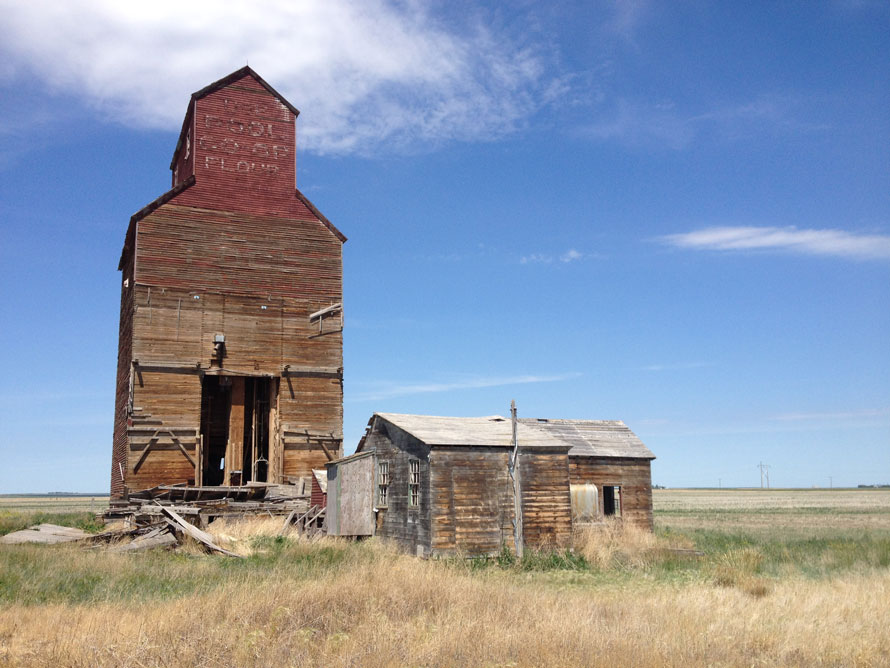
I was driving down Highway 4, between Rosetown and Swift Current, Saskatchewan, when I saw the old abandoned wood crib elevator in a farmer’s field just off the highway. How, I wondered, did it come to be there, all alone?
As it turns out, the elevator was once on a railway line—the old Canadian Pacific Railway McMorran Subdivision. Built in 1923, it was one of at least two elevators in the hamlet of Thrasher. But on this summer day in 2015, there is only one elevator left, abandoned like the rail line, and like Thrasher itself. Read more
